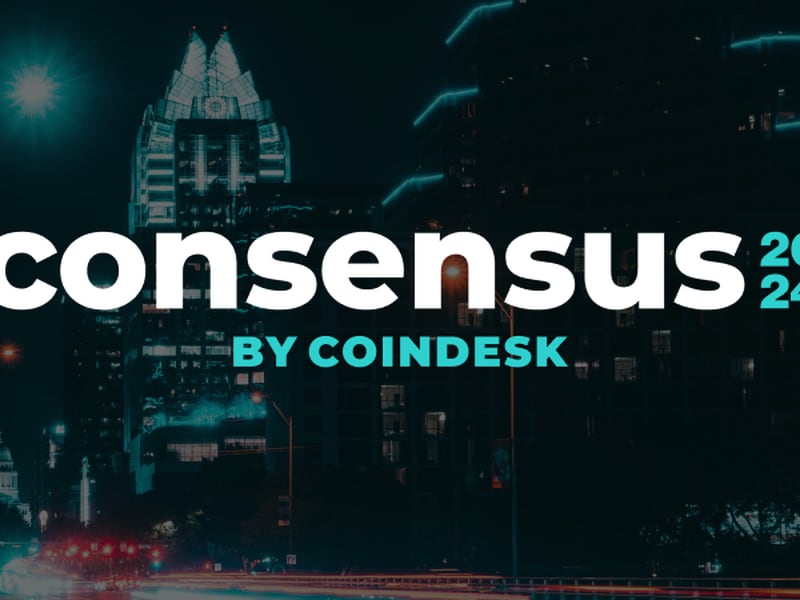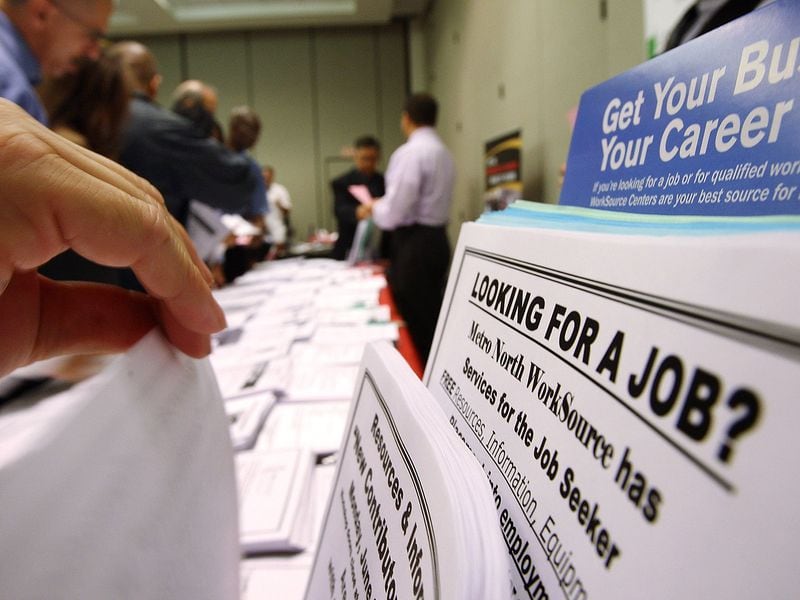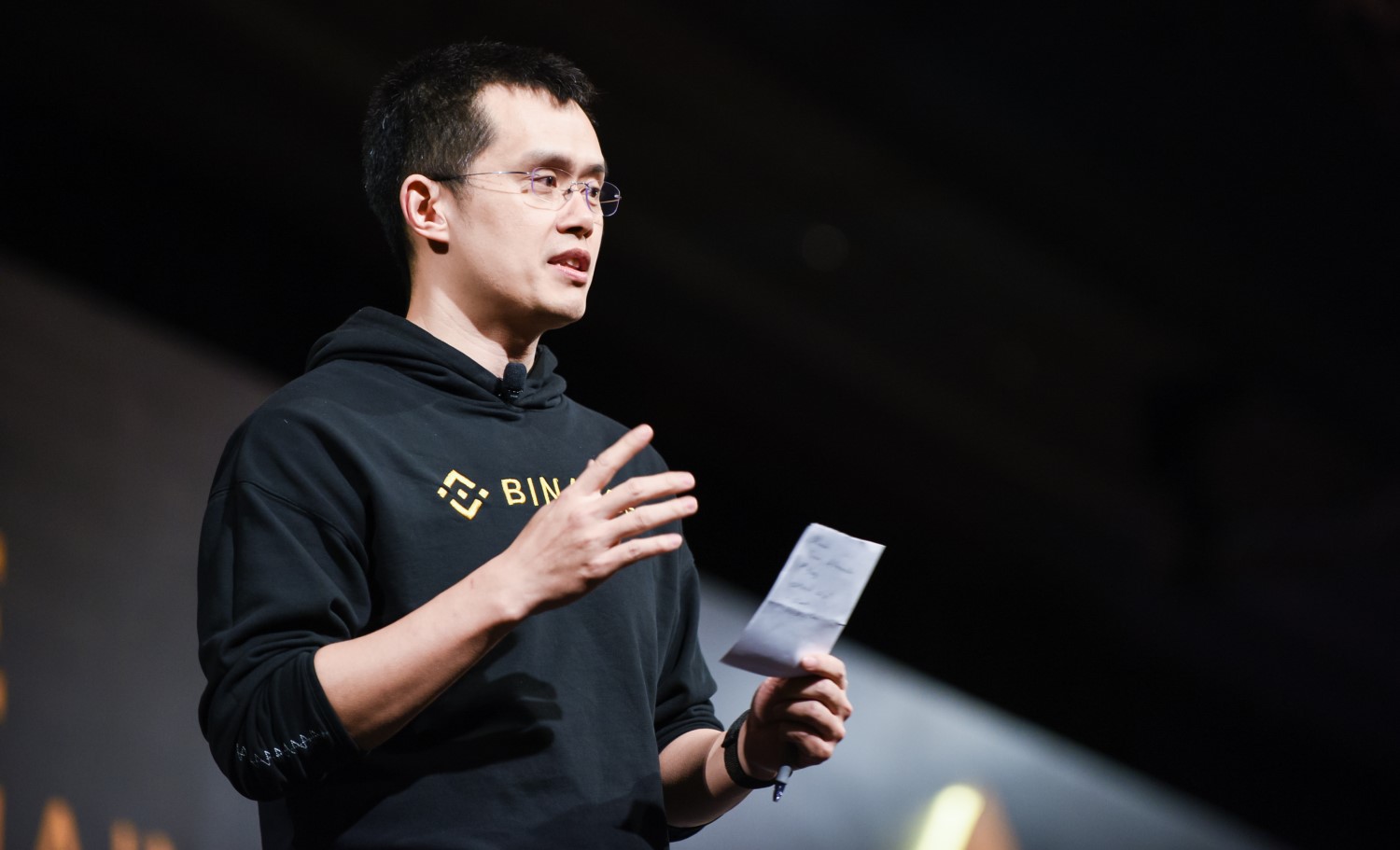How to Produce Your Own On-Chain Game Show
For a few days each year, we all get excited about crypto consumer for one reason:
“Mad Realities.” “Love on Leverage.” “Crypto the Game.”
The challenge has been letting anyone make these sustainably.
Imagine this. It’s a few years from now, and a protocol wants to run its own version of “Shark Tank” as a new kind of hackathon: one where its community tunes in to vote on their favorite projects.
This feature is part of CoinDesk’s Web3 Marketing Week. David Phelps is the cofounder of JokeRace, which lets anyone deploy contests on 90+ chains to run, grow, and monetize communities
The winning projects get huge rewards, the losing projects get recognition and on-chain credentials for making it so far, and the audience at home gets points from both the chain and from every project they vote for.
Both contestants and voters pay in – because it’s worth it to them for the money, status, opportunities, social connections and potential airdrops they all earn. And that lets game show creators earn big in a way they never could before.
Now imagine bigger. “Survivor.” “The Voice.” “American Idol.” “The Bachelor.” “Love Island.” All giving contestants and new ways to earn reputation, to earn rewards and to collaborate socially.
Or think even bigger than that. A monetizable “Product Hunt.” Presidential debates with an audience live-voting on responses. The Grammies and Oscars with audiences picking who wins.
Any creator could have game shows for their fans to decide who they partner with. What track they release. What’s the most persuasive case they can make for future trends.
And all of this would be built on financial and reputational rails for everyone to earn.
All of this can only be done on-chain, particularly through us at JokeRace. By anyone. Without needing to worry about a single line of code.
There’s a lot of reasons this wasn’t possible before now – high gas fees, high overhead for managing the tech and challenges letting anyone pay in to vote – but the main one is that it’s been hard to offer meaningful rewards for everyone involved in a game show.
In game shows, there’s literally some reward that’s at stake. That reward is usually financial: you get prize money. Sometimes, it’s reputational: you want the status of winning or backing a winner. And on rare occasions, it’s social; you form a community with others to back a favorite candidate. The best game shows will often integrate elements of financial, reputation and social rewards all at once.
A game show without any rewards at all is a fairly doomed category, and we have a name for this cursed vertical in crypto: governance. In a sense, governance is just a game show without incentives or rewards, and yet in an industry *built on* incentives and rewards, we’ve insisted that the only types of decisions that anyone can make on-chain are rewardless governance.
Why? You might argue that rewards corrupt the integrity of the decision (maybe), but the real answer is because we haven’t wanted to do anything on-chain that would enable these rewards in the first place.
It wasn’t until the launch of EIP-4844 in March, which lowered fees on layer 2s by over 100x, that it started to become sustainable to run social processes on-chain in the land of Ethereum. And it wasn’t until our introduction of “anyone-can-vote” that there was a way for anyone to participate in voting on-chain.
This is the first time it’s been feasible to build game shows like the ones above. And now that it’s cheap and fast to operate on-chain, we can see the rewards for running on-chain game shows could be huge.
Let me break that down a bit deeper to show how wild this opportunity is for all parties: the contestants, the viewers and the game show creator.
First, and most obviously, contestants can earn from winning. A recurring show might give rewards to all players and teams on a given night, including the lowest-ranking ones that get eliminated.
That seems clear enough, but let me emphasize: contestants can also earn from losing. Even if the losers earn nothing, they still earn on-chain reputation.
Every single person who votes for a contestant is attesting that they liked them. That’s a powerful social graph of permissionless data that the contestants can leverage for future communities, job opportunities, status, social connections and, yes, airdrops. (For instance, if you won on karaoke night, a music project could do worse than to airdrop you its token.)
Imagine running all tiers of a game shows – votes to decide the contestants, votes to decide the finalists, votes to decide the winners. The reputation that everyone earns will create powerful graphs of proof-of-value, a far more meaningful metric than proof-of-humanity to help individuals find the ecosystems where we’re most valued.
Second, audience members can also earn. American gambling rules restrict payouts to voters of winning contestants, but it’s possible to imagine betting opportunities, bribes and rewards overseas.
And what about in America? Voters might still earn other way. For example, they could earn NFTs, tokens or points every time they vote. The fees they pay to vote could be used to buy up a token. They might even be able to swap or sell their voting rights (not financial advice).
But again, they’d build a reputation no matter what. Imagine voting for a no-name contestant who later became a celebrity and being able to prove you not only helped discover them but propel them to glory.
Imagine you were able to develop friends around this contestant who you could reach around the world. And imagine all of this entitled you, once again, to future communities, status, social connections and airdrops. The social graph alone for measuring shared tastes among users could become the most valuable protocol for building a friendship or dating app in existence.
And then, most importantly, the contest creators earn. And they can earn three ways:
1. Data
By operating on-chain, creators will be able to access on-chain information about their participants – what DeFi protocols they use, what NFTs they buy, what communities they’ve joined.
The simplest way to leverage this data is for sponsorships. For example, Rehash, which runs a regular mini-game show on-chain on JokeRace to decide who will appear on its podcast, recently worked with wallet data provider Bello to determine that 20% of their users were Zerion users. That insight was enough to get Zerion to sponsor their whole season.
But this data can be massively useful in other ways. It can let creators understand their community’s values. It can give them leverage to draw other players and judges to the show who are provably popular in their community. And it can incentivize other game shows, products and protocols to want to reward anyone who participated as well.
All of this represents a huge unlock for the show’s growth.
2. Tokenization
Perhaps you need the token to vote. Perhaps voting entitles you to buy the token. Perhaps voting entitles you to get an airdrop for the token. Perhaps paying to vote serves to purchase you the token. Perhaps the token is just used to select the contestants who will appear on the show. Or perhaps the token is just used for the final round.
Endless gamification is possible to support a token for the project.
3. Directly from show itself
Most importantly, contest creators can monetize directly from the show they run. In a game show with 1,000 contestants and thousands of dollars in prizes, they might conceivably charge $10-$20 per entry and make a few thousand dollars.
But in a game show with eight contestants and tens of thousands of voters, they could let anyone pay per vote – say, $1 per vote – and potentially make far more. And that’s for a single episode with a relatively small viewership.
Now imagine how this can scale over time. As the contest creator raises the prices to play, they can use this money to offer bigger rewards. Bigger rewards can then justify higher prices to pay, and so on. Over the course of a few years, they can scale up the financial incentives exponentially—and sustainable.
Imagine this at scale, and creators are making millions.
Game shows are just one use case, but they’re a major one: when EigenLayer featured eight contestants to pick as their next supported liquid staking token, they got tens of thousands of voters paying in to participate.
You can imagine what this would look like at scale for something like, say, Miss Bumbum: the Brazilian beauty pageant for “best buttocks” that’s gotten more than two million voters for a given contest.
What would (may God forgive me) Miss Bumbum look like on-chain? Well, the incredible thing is that this wasn’t even possible until this week – not only because of low gas fees, but because we’re the first contest tool that has ever let anyone vote. Until now, letting anyone vote would have been a recipe for random bots to give random number of votes.
But when you build on monetary rails that let you charge per vote, you can open up contests to anyone, proportionate to how they pay. And given the potential rewards, as well as the fun of playing, people stand to pay in substantially – if you design your mechanics well.
Of course, part of the mechanics means building a strong social brand, live-streaming with platforms like Unlonely, and taking time to align incentives for everyone involved. Creating a good game show is not easy.
But this week, it at least became easier. Because if you make one – and really, anyone can make one today – you can build a whole business of your own in consumer social on blockchains without writing a single line of code.
A previous version of this article was published by David Phelps.
Edited by Daniel Kuhn.









